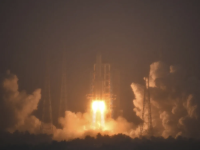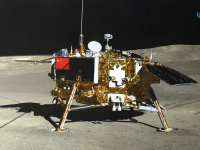China sends astronauts to 'Celestial Palace' in historic space mission
Author of the article:Reuters
Reuters
Publishing date:Nov 29, 2022 • 1 day ago • 2 minute read
BEIJING — China sent a spacecraft carrying three astronauts to its space station for the first in-orbit crew rotation in Chinese space history, launching operation of the second inhabited outpost in low-earth orbit after the NASA-led International Space Station.
The spacecraft Shenzhou-15, or “Divine Vessel,” and its three passengers lifted off atop a Long March-2F rocket from the Jiuquan Satellite Launch Centre at 11:08 p.m. (1508 GMT) on Tuesday amid sub-freezing temperatures in the Gobi Desert in northwest China, according to state television.
Shenzhou-15 was the last of 11 missions, including three prior crewed missions, that began in April 2021 needed to assemble the “Celestial Palace,” as the multi-module station is known in Chinese.
The trio will take over from the Shenzhou-14 crew who arrived in early June. The previous crew members are expected to return to Earth in early December after a one-week handover that will also establish the station’s ability to temporarily sustain six astronauts, another record for China’s space program.
The space outpost took on its current “T” shape in November with the arrival of the last of three cylindrical modules.
The Long March-2F rocket, carrying the Shenzhou-15 spacecraft, is transferred to the launching area at Jiuquan Satellite Launch Center near Jiuquan, Gansu province, China Nov. 21, 2022.
The Long March-2F rocket, carrying the Shenzhou-15 spacecraft, is transferred to the launching area at Jiuquan Satellite Launch Center near Jiuquan, Gansu province, China Nov. 21, 2022. PHOTO BY CNSPHOTO /via REUTERS
The station has a designed lifespan of at least a decade, with resident astronauts expected to conduct over 1,000 scientific experiments – from studying how plants adapt in space to how fluids behave in microgravity.
The “Celestial Palace” was the culmination of nearly two decades of Chinese crewed missions to space. China’s manned space flights began in 2003 when a former fighter pilot, Yang Liwei, was sent into orbit in a small bronze-colored capsule, the Shenzhou-5, and became China’s first man in space and an instant hero cheered by millions at home.
The space station was also an emblem of China’s growing clout and confidence in its space endeavors and a challenger to the United States in the domain, after being isolated from the NASA-led ISS and banned by U.S. law from any collaboration, direct or indirect, with the U.S. space agency.
The Shenzhou-15 mission, during which its crew will live and work on the space station for six months, also offered the nation a rare moment to celebrate, at a time of widespread unhappiness over China’s stifling zero-COVID policies while its economy hits the brakes amid uncertainties at home and abroad.
“Long live the motherland!” many Chinese netizens wrote on social media.

 torontosun.com
torontosun.com
Author of the article:Reuters
Reuters
Publishing date:Nov 29, 2022 • 1 day ago • 2 minute read
BEIJING — China sent a spacecraft carrying three astronauts to its space station for the first in-orbit crew rotation in Chinese space history, launching operation of the second inhabited outpost in low-earth orbit after the NASA-led International Space Station.
The spacecraft Shenzhou-15, or “Divine Vessel,” and its three passengers lifted off atop a Long March-2F rocket from the Jiuquan Satellite Launch Centre at 11:08 p.m. (1508 GMT) on Tuesday amid sub-freezing temperatures in the Gobi Desert in northwest China, according to state television.
Shenzhou-15 was the last of 11 missions, including three prior crewed missions, that began in April 2021 needed to assemble the “Celestial Palace,” as the multi-module station is known in Chinese.
The trio will take over from the Shenzhou-14 crew who arrived in early June. The previous crew members are expected to return to Earth in early December after a one-week handover that will also establish the station’s ability to temporarily sustain six astronauts, another record for China’s space program.
The space outpost took on its current “T” shape in November with the arrival of the last of three cylindrical modules.
The Long March-2F rocket, carrying the Shenzhou-15 spacecraft, is transferred to the launching area at Jiuquan Satellite Launch Center near Jiuquan, Gansu province, China Nov. 21, 2022.
The Long March-2F rocket, carrying the Shenzhou-15 spacecraft, is transferred to the launching area at Jiuquan Satellite Launch Center near Jiuquan, Gansu province, China Nov. 21, 2022. PHOTO BY CNSPHOTO /via REUTERS
The station has a designed lifespan of at least a decade, with resident astronauts expected to conduct over 1,000 scientific experiments – from studying how plants adapt in space to how fluids behave in microgravity.
The “Celestial Palace” was the culmination of nearly two decades of Chinese crewed missions to space. China’s manned space flights began in 2003 when a former fighter pilot, Yang Liwei, was sent into orbit in a small bronze-colored capsule, the Shenzhou-5, and became China’s first man in space and an instant hero cheered by millions at home.
The space station was also an emblem of China’s growing clout and confidence in its space endeavors and a challenger to the United States in the domain, after being isolated from the NASA-led ISS and banned by U.S. law from any collaboration, direct or indirect, with the U.S. space agency.
The Shenzhou-15 mission, during which its crew will live and work on the space station for six months, also offered the nation a rare moment to celebrate, at a time of widespread unhappiness over China’s stifling zero-COVID policies while its economy hits the brakes amid uncertainties at home and abroad.
“Long live the motherland!” many Chinese netizens wrote on social media.

China sends astronauts to 'Celestial Palace' in historic space mission
China sent a spacecraft carrying three astronauts to its space station for the first in-orbit crew rotation in Chinese space history.


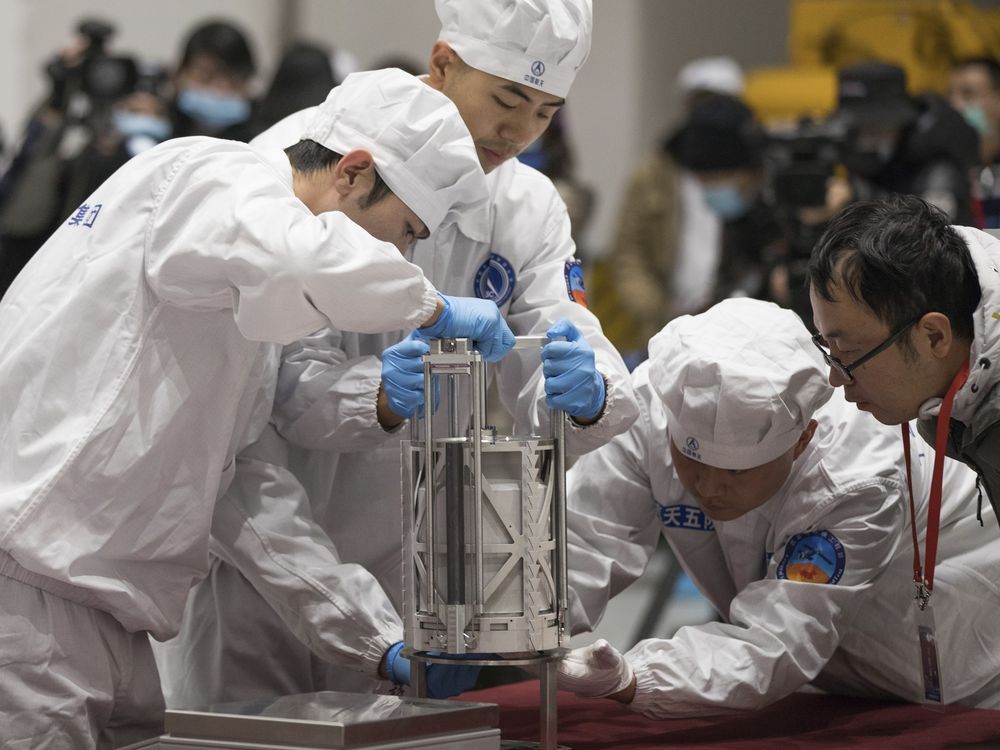



![0426-attic-moon-scaled-e1682474591877[1].jpg 0426-attic-moon-scaled-e1682474591877[1].jpg](https://forums.canadiancontent.net/data/attachments/16/16247-de1f728ad163b34bfb174ea0738f9eff.jpg)
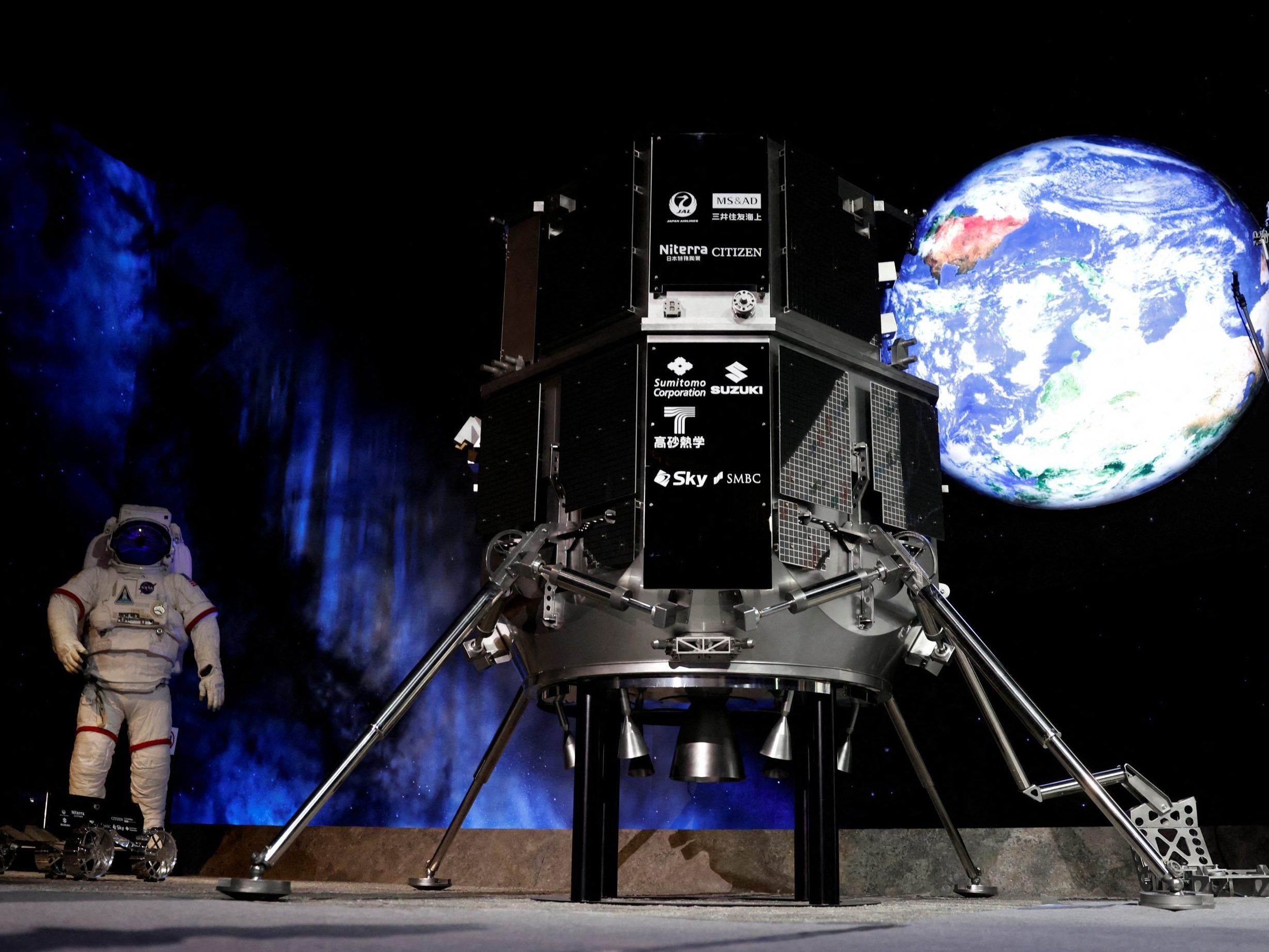



![japan-moon-lander-scaled-e1706194325140[1].jpg japan-moon-lander-scaled-e1706194325140[1].jpg](https://forums.canadiancontent.net/data/attachments/19/19158-f093e889612d4adae67c4803dcc151e1.jpg)
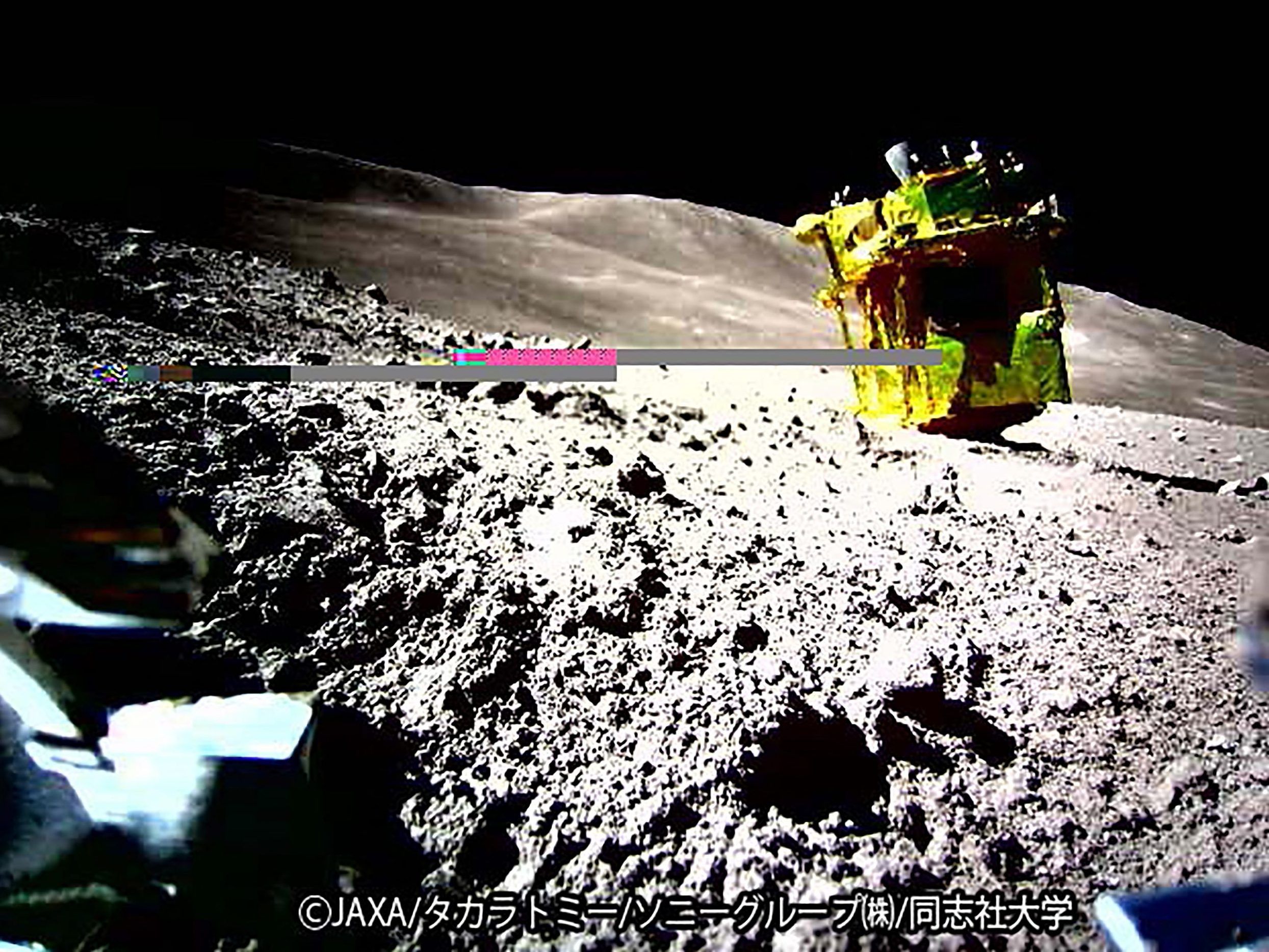
![japan-moon-landing[1].jpg japan-moon-landing[1].jpg](https://forums.canadiancontent.net/data/attachments/19/19217-17e22dea5753ceb7f2bc0690e8fa27be.jpg)

![japan-h3-scaled-e1708188014230[1].jpg japan-h3-scaled-e1708188014230[1].jpg](https://forums.canadiancontent.net/data/attachments/19/19488-ce78bc6060243d00fafb9d2d9fcdf973.jpg)

![2008853919-scaled[1].jpg](/data/attachments/19/19487-8ef3038bb1da4159a719573fa1ec491a.jpg)
![japan-moon-landing[1].jpg japan-moon-landing[1].jpg](https://forums.canadiancontent.net/data/attachments/19/19567-c7b74311681b7445d974bc2dc1a30822.jpg)



